There seems to an awful lot of excellent posts written about SOLO Taxonomy at the moment, which is obviously absolutely fantastic …..I just thought I’d best write one to keep up with the very high standard of reflection and sharing!
The idea for SOLO Stations came from a great blog post from @DVPLearning found here http://evteachingandlearning.blogspot.co.uk/?spref=tw in the post Steven describes a Year 10 PE Revision lesson in which “He then explained what the next task was going to be. This is where teach, do, review comes in! The teacher explained that they needed to move themselves in to one of three groups. If they felt that they were really unsure about the topic they had to move to the teach group. The teacher would work with them and teach the material again. If the students felt that they were reasonably confident on the topic but maybe needed to deepen their understanding they were going to go to the do group and do a number of activities. Finally if they were really confident on the topic and knew everything they possibly could, they would go to the review group to have a go at an exam paper.”
I really like this idea of students having ownership of their learning and choosing where they would start their learning journey. After several eMails to Steven discussing the possibility of incorporating SOLO into this format I put my thinking cap on.
I really liked the idea of students leading their own learning deciding where to start but I was reluctant to have a “teaching” area – I try as much as possible to stimulate and develop students’ resilience and independence in lessons so I wanted each phase to be completely student regulated (which would allow me the opportunity to circulate, discuss, drink tea and question students throughout the lesson). So this is my first attempt at a format that I have called “SOLO Stations.”
Firstly I needed my Year 7 students to gauge and assess where they thought their learning was at (we were looking at Forces). I originally thought of putting a hinge question into the start of the lesson – I decided against this as I wanted my students to dig deep and really think about the question rather than simply opting for a multiple choice answer. I presented them with this slide as they entered the room.
To be perfectly honest this was a tricky question as we had only just started to look at forces in the last week, I gave them several minutes to think in silence independently – I reassured them it didn’t matter if they wrong but they needed to think hard.
When I revealed the answer I asked them to reflect on the answer they came up with and asked them to judge their own understanding based on the SOLO Taxonomy. Now, my Year 7 students are SOLO experts so they found this bit quite easy. Once every student was confident as to where they would start at, I moved on to the SOLO Station protocol.
I explained this in quite some detail – obviously the more I do of this the less time I will need to explain the protocol. I did stress how important it was not to see the lesson as a competition as to who would finish first but to see it as a challenge to deeper learning.
The room was set up, so around the outside of the class were the five stages in order – each SOLO Station had it’s own Success Criteria (I Can…. Because I have….etc). The stations were as follows;
- Prestructural – this station had a vast selection of textbooks and laptops for students to recap or start their understanding of Forces
- Unistructural – this station asked students to annotate simple Force Diagrams of rockets on windows and sugar paper (I was looking for students to name correctly the forces involved)
- Multistructural – this station asked students to annotate more complex Force Diagrams of rockets on windows and sugar paper (I was looking for students to show unbalanced and balanced forces on a rocket to explain the path, speed and movement)
- Relational – this station invited students to make paper aeroplanes and fly them to demonstrate the forces acting on them, the second part was to complete a worksheet which connected all they had learnt previously, they also had to check their answers and reflect on incorrect answers given (this station allowed students to relate and link their previous ideas together to explain the flight of a paper plane and compare flights of different planes based on the forces acting upon them)
- Extended Abstract – this station challenged students to solve a terminal velocity puzzle – if a bowling ball and golf ball were dropped from the Burj Khalifa in Dubai at exactly the same time which one would hit the ground first and why? (this station gave my students the opportunity to look at their learning in a different context and make predictions based on their understanding)
During the lesson I asked my students for some feedback on what they thought of the lesson and how it could be improved, here is a selection of some of their opinions;
I particularly enjoyed reading
- “making the paper airplane and know how the thrust and gravity + air resistance works when you throw the airplane!”
- “we worked independently and the lesson was fun!!!”
- “Being left alone because we had to think”
- “people have taken more responsibility” and
- “It’s more fun because we are active and not writing in our books”
When I wasn’t doing anything in the lesson (!) I also interviewed a few of my students about SOLO stations – here are a selection of the responses I collated;
http://audioboo.fm/boos/782071-solo-stations
http://audioboo.fm/boos/782076-solo-stations-2
http://audioboo.fm/boos/782082-solo-stations-3
http://audioboo.fm/boos/782083-solo-stations-4
N.b the music that you hear in the background is Jason Derulo – Ridin’ Solo, an idea that was given to me by our trendy English NQT!! http://www.youtube.com/watch?v=8ESdn0MuJWQ
As I was tidying up the classroom I found this pinned to a wall………

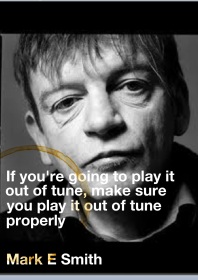


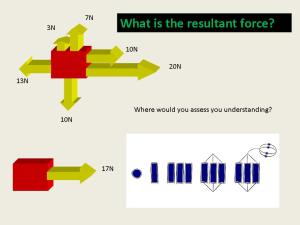
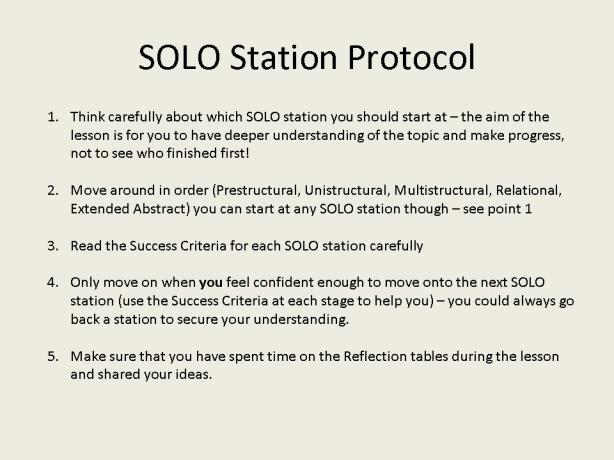
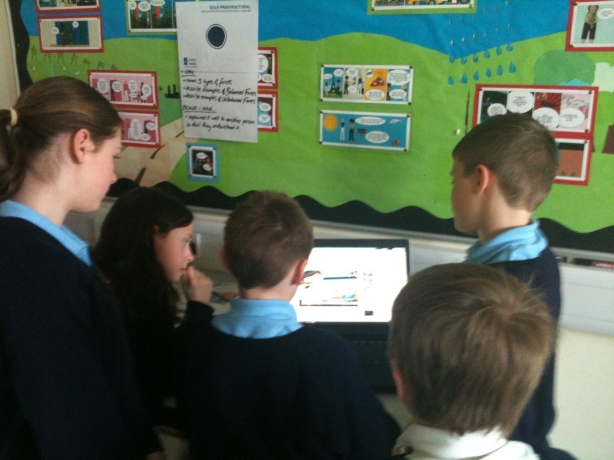

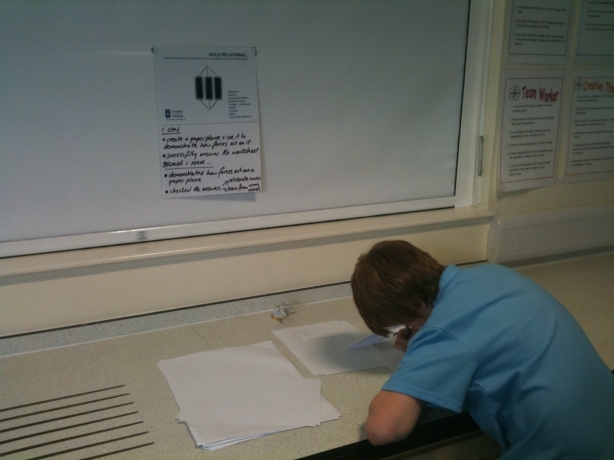
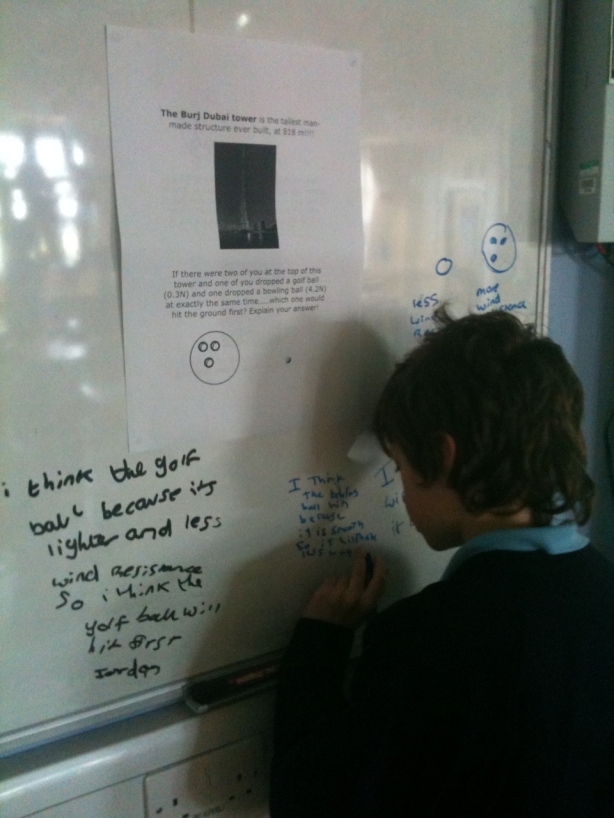

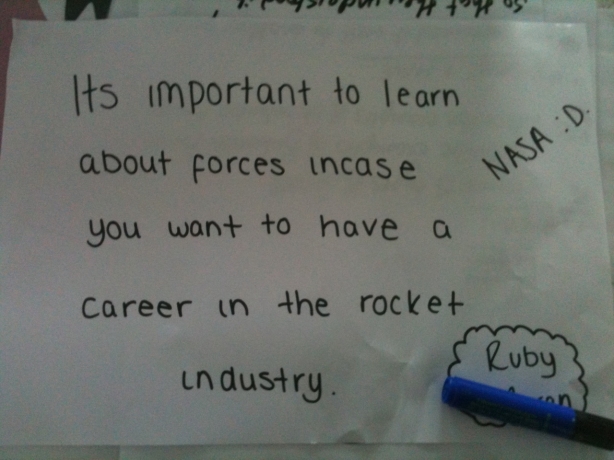


[…] Tait Coles: SOLO Stations […]
[…] https://taitcoles.wordpress.com/2012/05/08/solo-stations/ […]
[…] Tait Cole: SOLO Stations […]
[…] Tait Coles […]
[…] SOLO Stations […]
[…] There seems to an awful lot of excellent posts written about SOLO Taxonomy at the moment, which is obviously absolutely fantastic …..I just thought I'd best write one to keep up with the very hig… […]
[…] Tait Coles: https://taitcoles.wordpress.com/2012/05/08/solo-stations/ […]
[…] SOLO Stations […]
[…] https://taitcoles.wordpress.com/2012/05/08/solo-stations/ […]
[…] The next step for this class is to create their Powtoon on Internet technologies (similar to mine), upload it to Edmodo and the peer assess their work. from here I will try to use the hexagons and SOLO stations. […]
[…] https://taitcoles.wordpress.com/2012/05/08/solo-stations/ […]
I have taken so many ideas from this – thank you! I am going to give it a whirl with my yr 13 chemistry class and then my yr 7s. I also have got lots of ideas from your QFT blog which again has helped me think about the questions I use. I will share this with staff at school
Brilliant, I’m glad it’s been of some help
Sitting here in the annual 21st Century Learning Conference in Hong Kong and trying to establish understanding of the SOLO taxonomy after it’s been mentioned in a keynote. This blog sure helps!
Excellent, I’m glad it has. SOLO has got all the way over there has it? Great stuff
Excellent post and really interesting use of SOLO. I loved reading the learners’ answers and I believe you’re right in saying how important it is to let learners reflect about what stage in their learning they are!
Thanks for this lovely post!
Alessio
Thank you, key for learning is the reflection and next steps
[…] at GCSE level. I also had a look at the type of activities teachers had used in other subjects, in science and […]
[…] https://taitcoles.wordpress.com/2012/05/08/solo-stations/ […]
[…] There seems to an awful lot of excellent posts written about SOLO Taxonomy at the moment, which is obviously absolutely fantastic …..I just thought I’d best write one to keep up with th… […]
[…] Tait Coles’ blog Share this:TwitterFacebookLike this:LikeBe the first to like this. This entry was posted in Uncategorized. Bookmark the permalink. ← Tait Coles’ blog […]
[…] Solo Share this:TwitterFacebookLike this:LikeBe the first to like this. This entry was posted in Uncategorized. Bookmark the permalink. ← Evernote […]
[…] There seems to an awful lot of excellent posts written about SOLO Taxonomy at the moment, which is obviously absolutely fantastic …..I just thought I’d best write one to keep up with th… […]
[…] too and so I’ve created a presentation / wall display template for lessons where SOLO and SOLO stations (via Tait Coles @totallywired77) can be used – I thought, if all students are using iPads, I can […]
I just came across your post while looking for more info on SOLO which i just discovered last week. I love this idea! I teach middle school science here in the states I’m definitely going to try to adapt this at some point this fall as I don’t have all the SOLO pieces.
Thinks Kim, I would whole heartedly recommend trying SOLO, what do you mean about missing SOLO “pieces”?
Good post, I’m stealing the idea. Were you expecting everyone to reach the final station, or just get as far as they were comfortable with in the time available?
that’s the beauty of SOLO stations it lends itself to differentiation really , with some students making more progress than others but ALL making some progress. obviously I expected some to make it to extended abstract and some only to get to relational – I was keen however that all got to the “deep” learning stages (relational & EA)
[…] this seemed like something of a risk. So, I thought, how about if I use Tait Cole’s idea of SOLO stations to allow them to make decisions about how much they already know and how much support they need. […]
[…] taxonomy in action from people doing it right now, like Lisa Jane Ashes and Taitcoles (I love this blogpost about SOLO stations and think it would work brilliantly with things like […]
[…] background-position: 50% 0px ; background-color:#222222; background-repeat : no-repeat; } taitcoles.wordpress.com – Today, 1:14 […]
Wow! This is so impressive. I bet they really loved it. Will definitely work on adapting this. Have used stations before but not with SOLO. I am also a bit worried that the bulk of students will gravitate towards the same station therefore creating a traffic jam or not being able to access resources etc… I need to refine all this. Thank you so much for sharing.
Thanks Helene, I too was a little worried if they would all go to one station etc but to be fair this wasn’t the case, there were 29 in the class and all were active learners throughout the lesson. Although the group is set there is still huge differences in their abilities and putting up a tricky question at the start of the lesson for them to self assessment lends itself brilliantly to both self regulation and differentiation.
This is great stuff Tait – I do this kind of carrousel a lot but combining it with SOLO really makes progression clear. Wonderful: am nicking!
Cheers David, measuring progress and observing students progress was really easy to be honest – you could see them physically move to the next stations etc or have a dialogue with them about their journey if required. We had a very quick Q&A session at the end and the majority progressed through 4 stations or more in the lesson.
Brilliant, brilliant, brilliant…this is currently being processed through my Literary focussed mind and will fall out the other end in my classroom – brilliant xx thank you xx
Thanks Lisa, it sounds very similar to what you’ve being doing in your revision lessons to be honest. I await with bated breath to see the results…with an Ashes twist!
We should look at our term dates, see if you’re not on when we’re off – would love to come and observe some of this. Great ideas Tait, thank you!
Cheers Mark, to be honest I wish I had recorded it on our iRIS camera, perhaps next time I do a similar lesson I will record it
What a brilliant looking lesson, wish I had been there. Rocket science or brain surgery here they come.
Thanks Greg – SOLO Taxonomy is so easy for students to master…….it’s not rocket science after all!
Hi, really enjoy reading your posts on this and their application to science. Have been trailing out “Going SOLO” myself over the last few weeks after a few months of reading about it and I’m hooked. Had my first go at SOLO stations today after reading some of your stuff and although still need to work on developing the idea a bit and training the kids up a bit more it was so exciting to see them progress around the stations.
Keep up the inspiration.
The idea of actually seeing students move from station to station and therefore making progress really excited me too. Glad to hear that you are hooked on SOLO…..it is infectious. Make sure you follow the #soloarmy on Twitter. Cheers, Tait